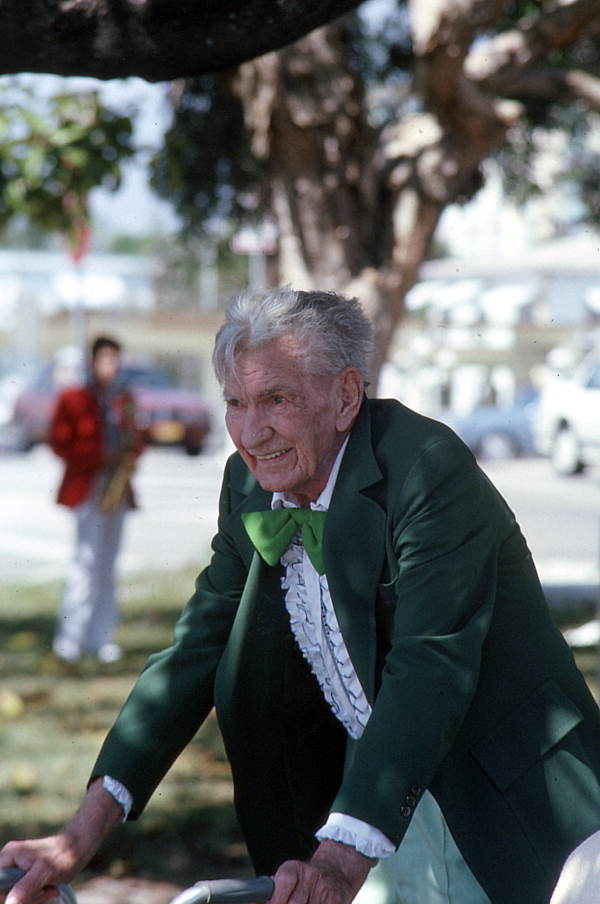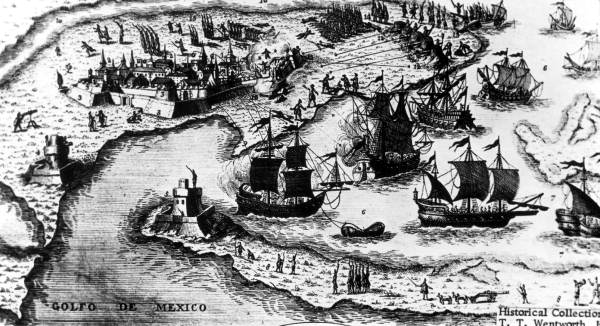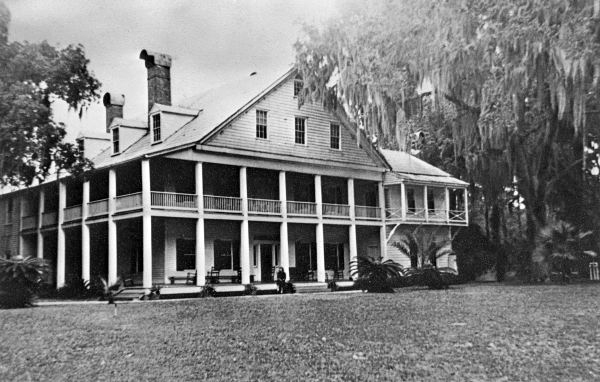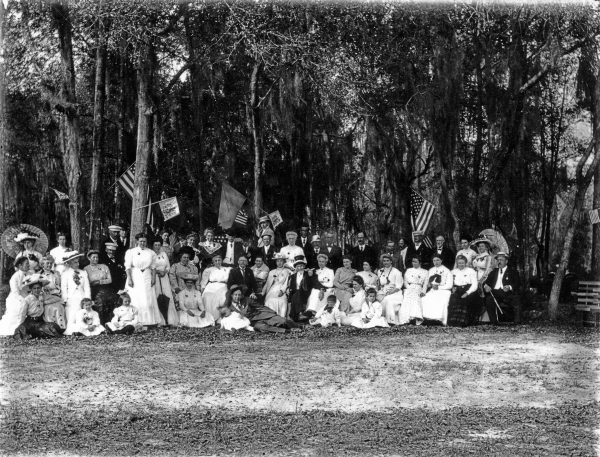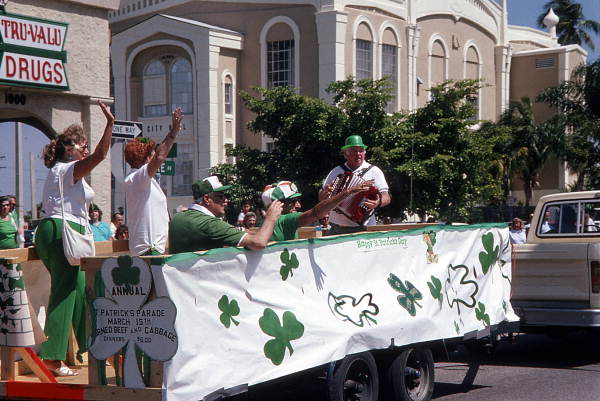Description of previous item
Description of next item
The Irish in Florida
Published March 3, 2016 by Florida Memory
When you think about major centers of Irish culture in the United States, where does your mind go first? Boston? New York? Would it surprise you to know that Florida is home to one of the five largest Irish-descended populations in the United States?
According to the U.S. Census Bureau’s 2010 American Community Survey, over 2 million Floridians identify as having Irish or Scots-Irish ancestry. That’s over 10 percent of the entire state’s population! But how did all these Irish and Scots-Irish people get to Florida?
Some of the earliest Irishmen came to Florida not as settlers, but as soldiers. In 1781, during the American Revolution, Spanish forces laid siege to Pensacola to wrest it from the British, who had held both East and West Florida since 1763. Among the Spaniards were a number of mercenary soldiers, including the “Regimento Hibernia,” comprised of Irishmen who had volunteered to fight for the Spanish King.
The number of Irish-descended Florida residents increased during the second Spanish colonial period (1783-1821), owing mainly to the Spanish government’s desire to develop a thriving economy in the Florida provinces as quickly as possible. The Spaniards granted large tracts of land to individuals willing to cultivate it, even if they were foreigners. A number of Irishmen and Irish-descended U.S. citizens were among the men and women who held title to these grants when Florida became a United States possession in 1821. See the Spanish Land Grants collection to browse these documents.

Map of Irishman George Fleming’s grant of land from the Spanish government, given in 1816. Click on the map to enlarge it and view the rest of the documents associated with the Fleming Grant.
Many of the American settlers who entered Florida after it became a U.S. territory also hailed from either Irish or Scots-Irish ancestry. They often migrated southward from Virginia, the Carolinas, and Georgia, where they had previously settled after spending time as indentured servants, freehold farmers, or residents of British colonies in the Caribbean. Once in Florida, many of these newcomers set up small family farms and worked cattle on the open range, becoming what historians and folklorists often call Florida “Crackers.”
The Great Potato Famine of the 1840s drove a large wave of Irish immigrants to the United States. Although the majority of new settlers in this group went to northern cities like New York and Boston, as many as 100,000 of them may have ended up in the South. About 25,000 Irish lived in New Orleans by 1850 – fully a quarter of that city’s population. Others spread across the rural countryside, including Florida.
The cultural impact of Florida’s Irish and Scots-Irish settlers can be seen in a variety of place names, celebrations, and other traditions practiced around the state even today. Hibernia, a small community in Clay County near the St. Johns River, takes its name from the Latin version of “Ireland.” It began as a plantation belonging to the Fleming family whose Spanish land grant is referenced above. The small community of Shamrock in Dixie County was named in honor of the Irish ancestry of William O’Brien, a timber magnate who helped found the powerful Putnam Lumber Company. Central Florida boasts a Dublin (Lake County) and a Killarney (Orange County), both named after cities in Ireland.
St. Patrick’s Day is by far the most popular traditional Irish celebration practiced in Florida, although the revelry extends far beyond just those who identify as having Irish ancestry. Communities in every corner of the state mark the occasion each year by holding parades, enjoying Irish music and dancing, and wearing green.
Preserving Florida’s Irish and Scots-Irish heritage also has a more serious side apart from the merriment of St. Patrick’s Day. Irish descendants have formed a number of organizations over the years to train new generations in Irish cultural traditions while enjoying the fellowship that goes along with them. The United Irish of Southwest Florida, the Irish Cultural Association of Orlando, and the Irish Cultural Association of Jacksonville are just a few of these groups helping to educate the public about Irish genealogy and culture. The Florida Folklife Program has also helped preserve Florida’s Irish ties through cultural performances at the Florida Folk Festival and its Folklife Apprenticeship Program.
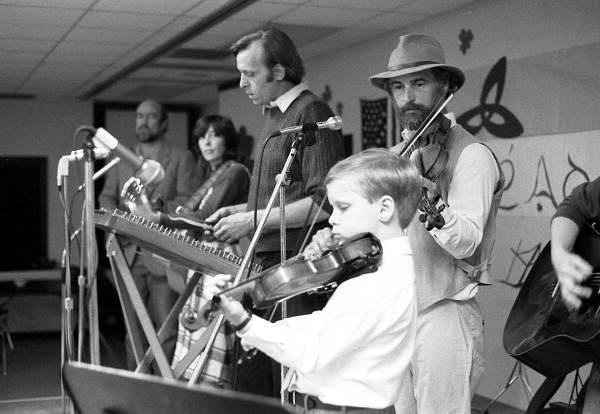
Irish folk group “South Moon Under” performing at a “Ceili” celebration hosted by the Irish Cultural Association of Jacksonville (1991).
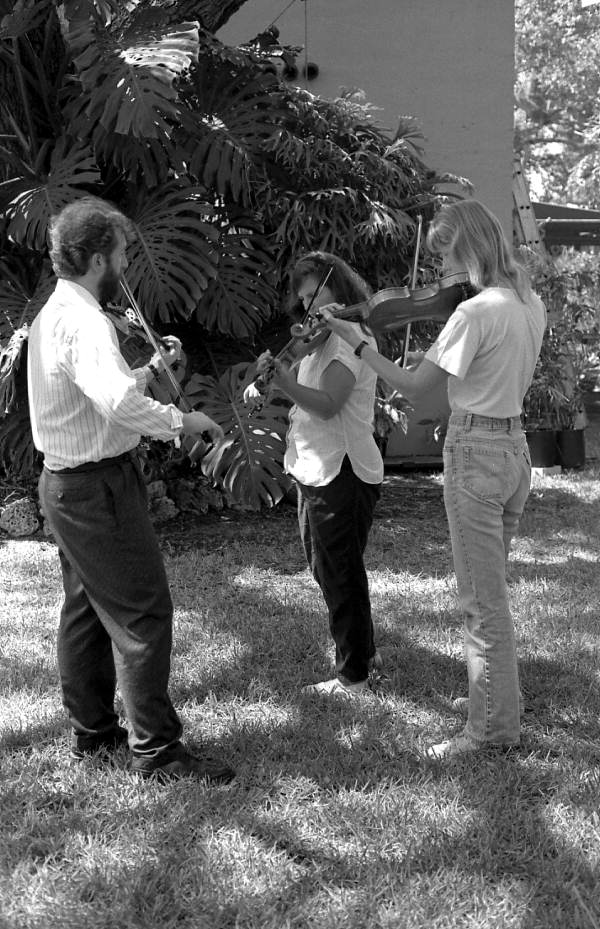
James Kelly works with folklife apprentices Pam Carsey and Linda Gesele on playing the Irish fiddle in Miami (1988).
Are you a Floridian with Irish or Scots-Irish ancestry? If so, how do you celebrate your heritage?
Cite This Article
Chicago Manual of Style
(17th Edition)Florida Memory. "The Irish in Florida." Floridiana, 2016. https://www.floridamemory.com/items/show/321973.
MLA
(9th Edition)Florida Memory. "The Irish in Florida." Floridiana, 2016, https://www.floridamemory.com/items/show/321973. Accessed December 16, 2025.
APA
(7th Edition)Florida Memory. (2016, March 3). The Irish in Florida. Floridiana. Retrieved from https://www.floridamemory.com/items/show/321973

 Listen: The Bluegrass & Old-Time Program
Listen: The Bluegrass & Old-Time Program